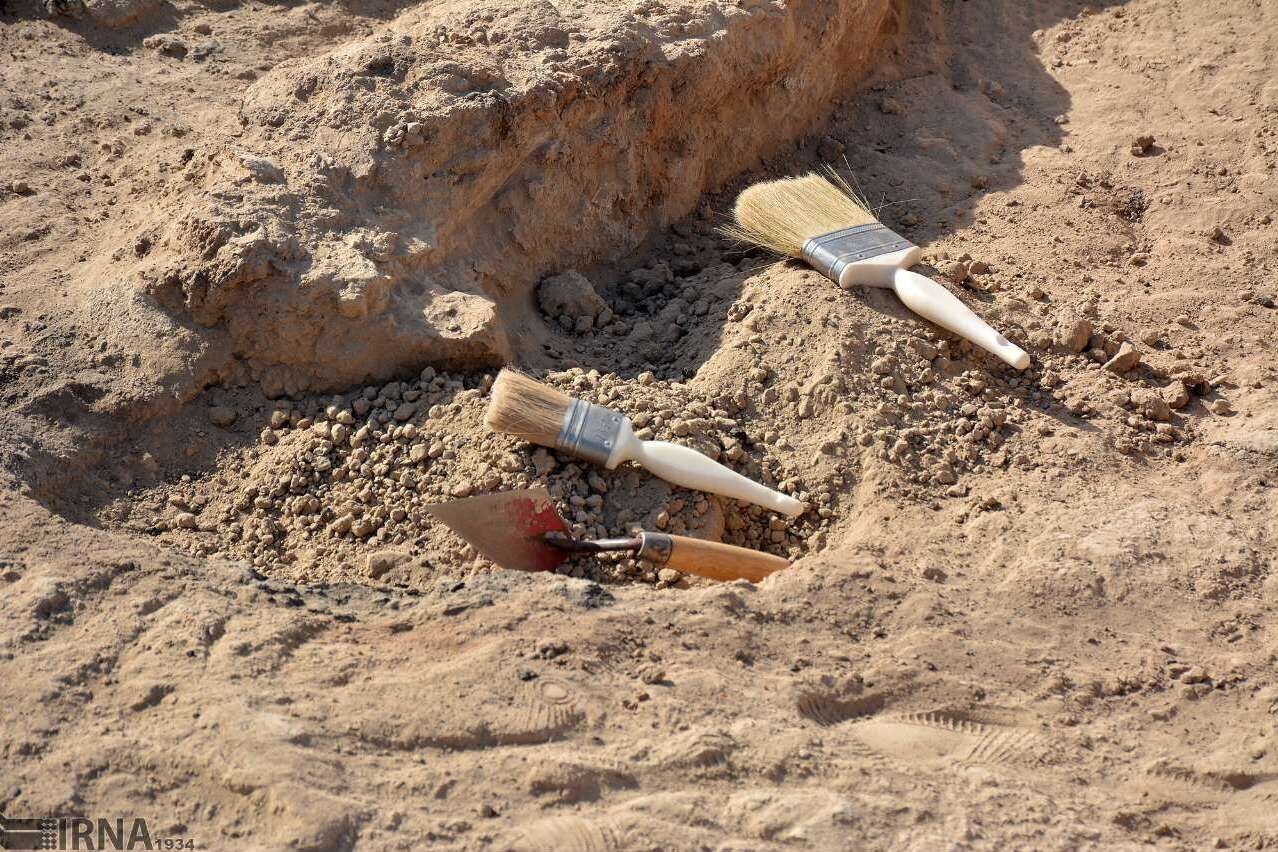Neolithic and Chalcolithic archaeological site discovered in Mahallat, central Iran

TEHRAN– Iranian archaeologists in Markazi province have uncovered a prehistoric settlement site which dates back to the late Neolithic and Chalcolithic periods, according to provincial heritage officials.
Hossein Mahmoudi, the Deputy Director of the Cultural Heritage, Tourism and Handicrafts Department of the province, announced the discovery, saying that the newly identified site offers valuable insights into early human habitation in the region.
“The site, located in the southwest of Mahallat, provides clear evidence of human settlement during the late Neolithic and Chalcolithic periods,” Mahmoudi told Mehr news agency. “This discovery highlights the transition from the Neolithic period to the Chalcolithic era, estimated to have occurred between 5200 and 4500 BC.”
One of the key findings at the site is the presence of red pottery attributed to the Cheshmeh Ali cultural site (which is located in southern Tehran), a hallmark of the late Neolithic to early Chalcolithic transition. This type of pottery is a significant cultural indicator in prehistoric Iranian archaeology.
Mahmoudi emphasized the cultural shift that took place during the Chalcolithic period (approximately 4500–3000 BC), marking a major evolution in human lifestyle, particularly with the introduction of copper metallurgy and the use of the potter’s wheel.
“The Chalcolithic period represents a pivotal phase in human development, bringing about technological and social changes that distinguished it from the earlier Neolithic period,” he explained.
Further analysis is underway, particularly typological studies that are also being taken to officially register the site on Iran’s National Heritage List, Mahmoudi said.
As mentioned by the official, the discovery adds a new layer to the understanding of Iran’s ancient history and highlights the region's significance in early human development.
AM
Leave a Comment